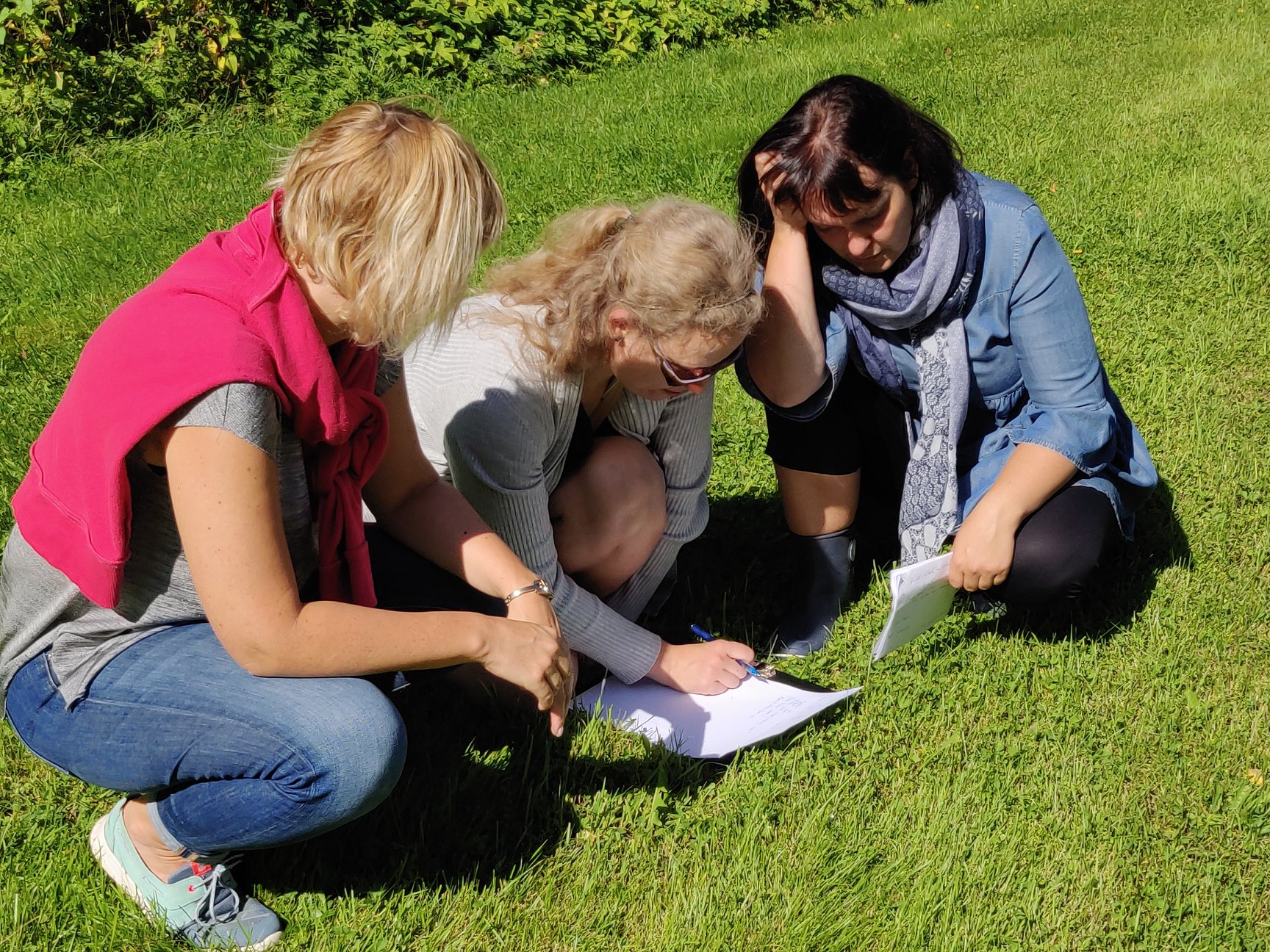HOB's Adventure handbooks translated
/We have finished our project of creating lesson plans for teaching 5-9-year-old children about biodiversity. The activities incorporate innovative methods such as hands-on learning, digital tools, project-based learning. We also want to increase the physical activeness of children and the time they spend outdoors.
The handbook has been translated from English into Estonian, Icelandic, Latvian and Slovenian. Below, you’ll find links to all five versions. Note that we used the Creative Commons CC BY-NC-SA license, so you can freely use the activities. We intend interested teachers to be able to copy and adapt the materials, so that they’re applied to the cultural and environmental context that’s most appropriate for the children being taught. We only ask you to mention our project and not to use it for commercial purposes.
This project (2018-1-EE01-KA201-047083) was co-funded by the Erasmus+ programme of the European Union, and we greatly appreciate the dedicated support by Archimedes, Estonia. Note that the European Commission's support for the production of this publication does not constitute an endorsement of the contents, which reflect the views only of the authors, and the Commission cannot be held responsible for any use which may be made of the information contained therein.

















